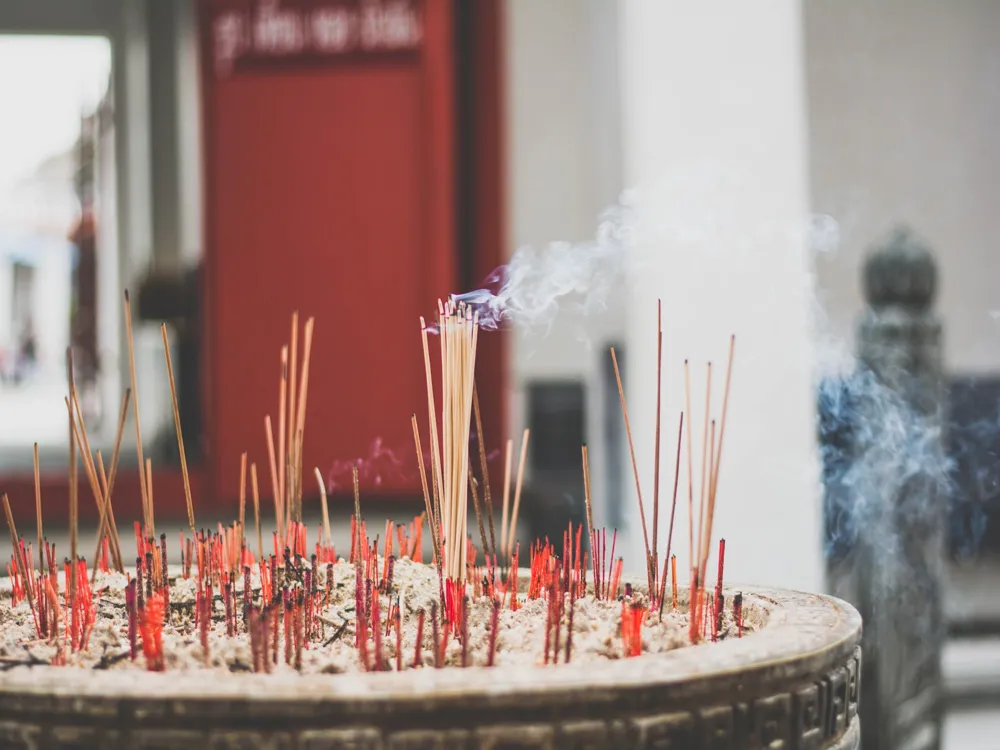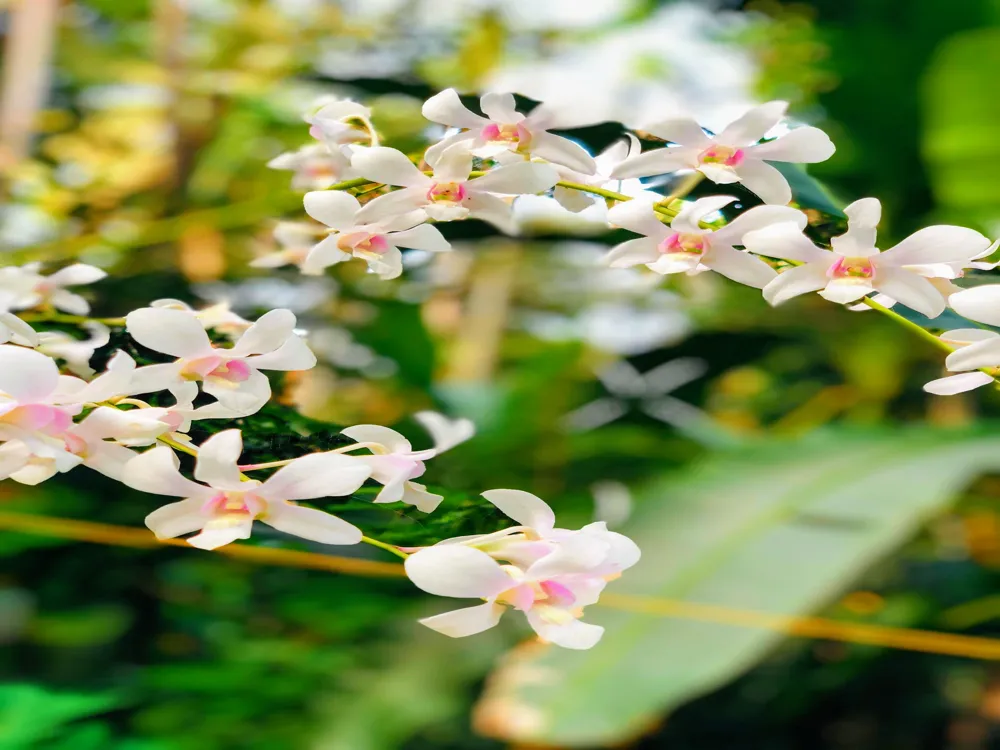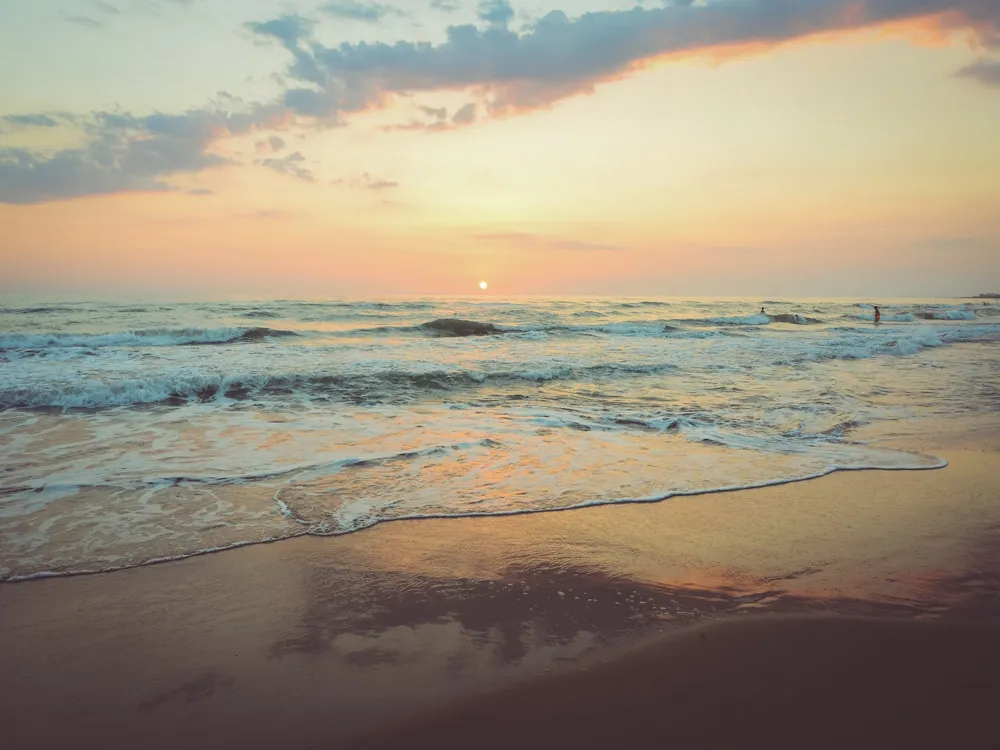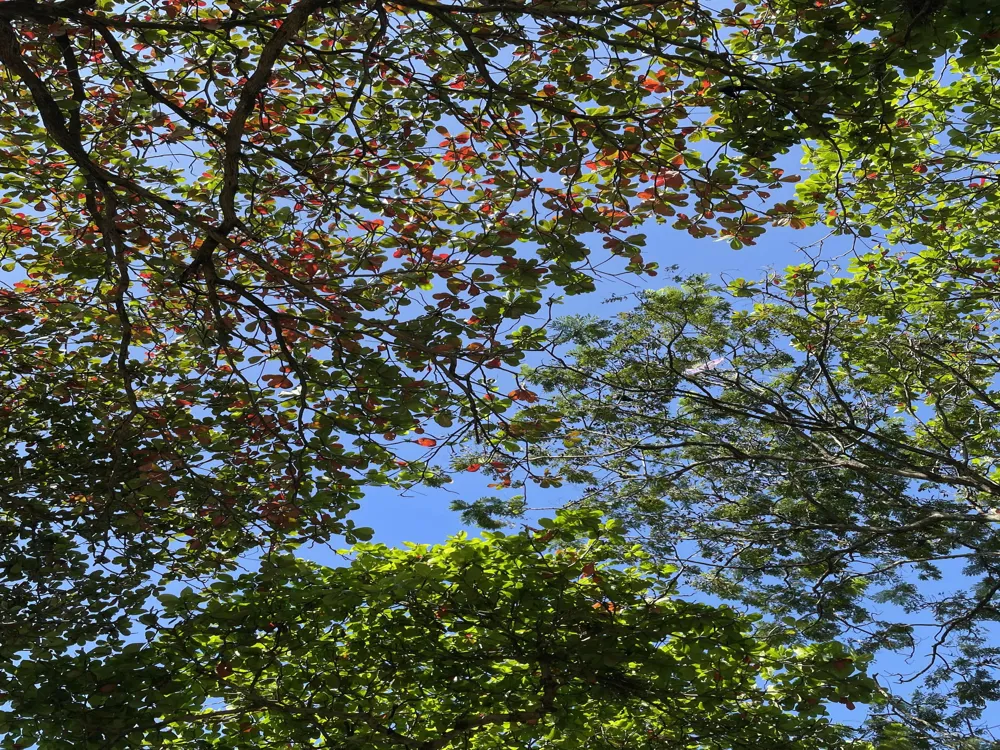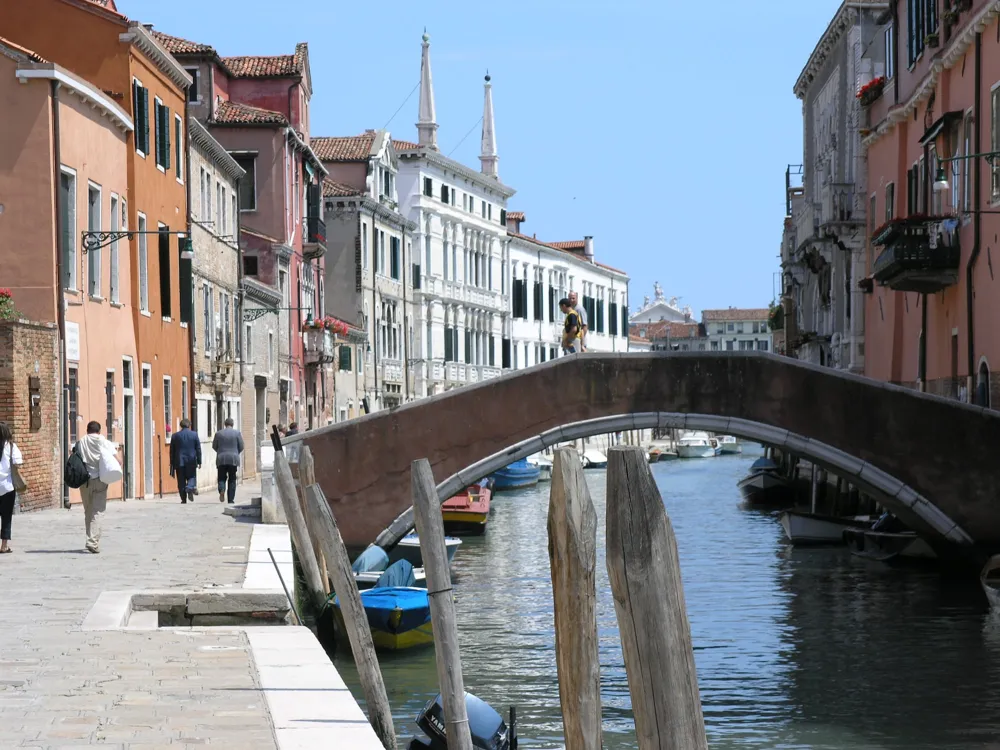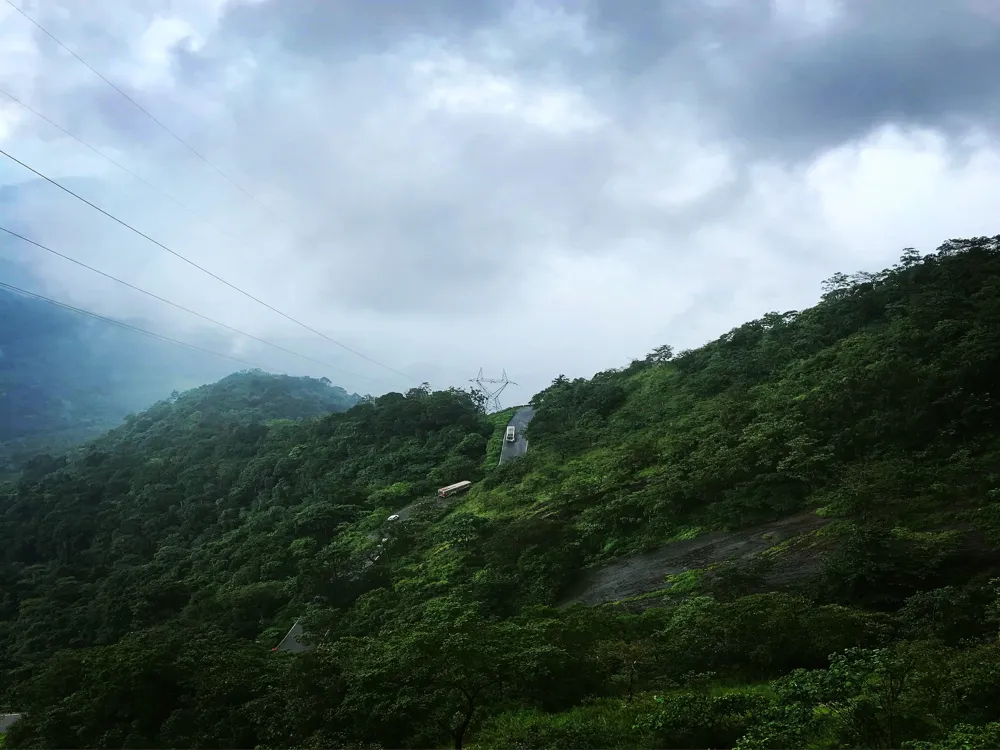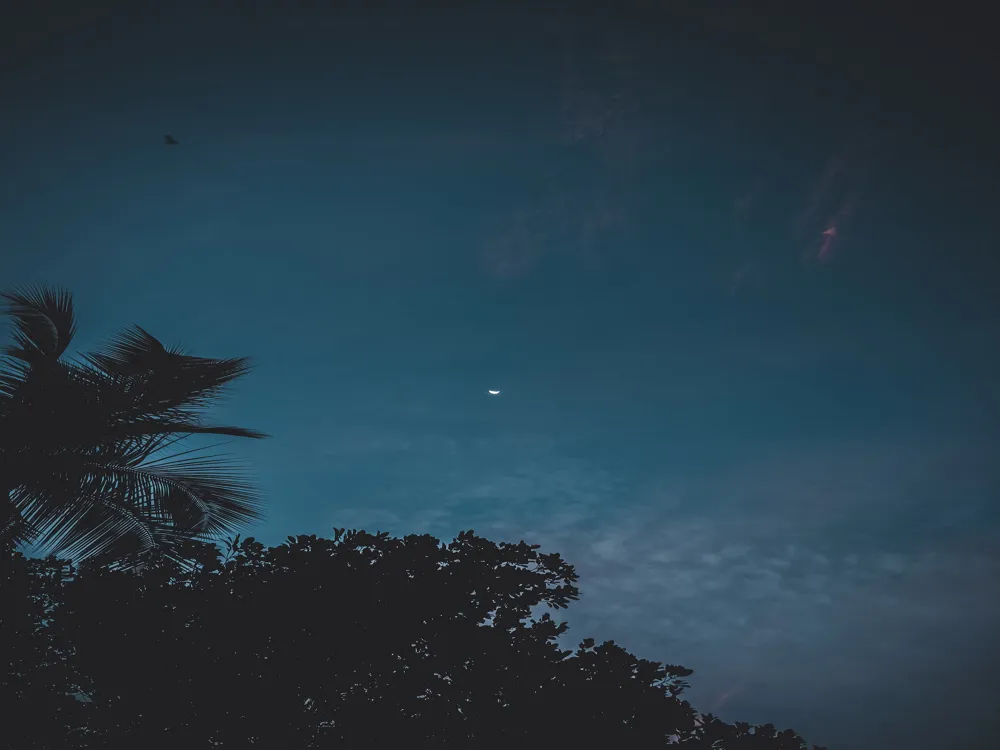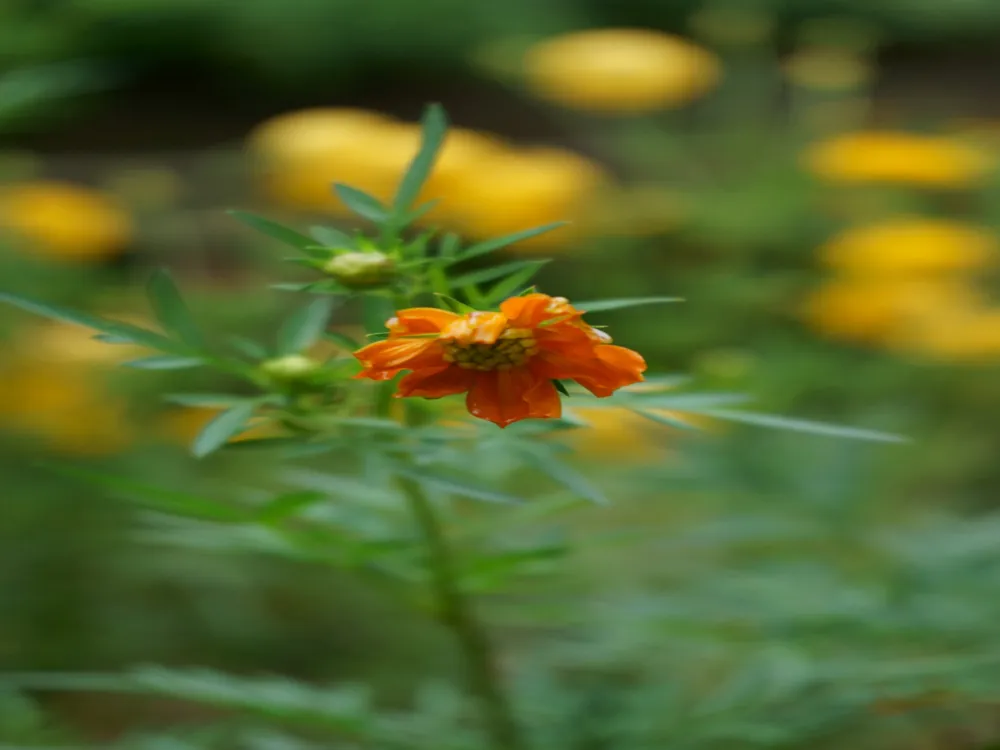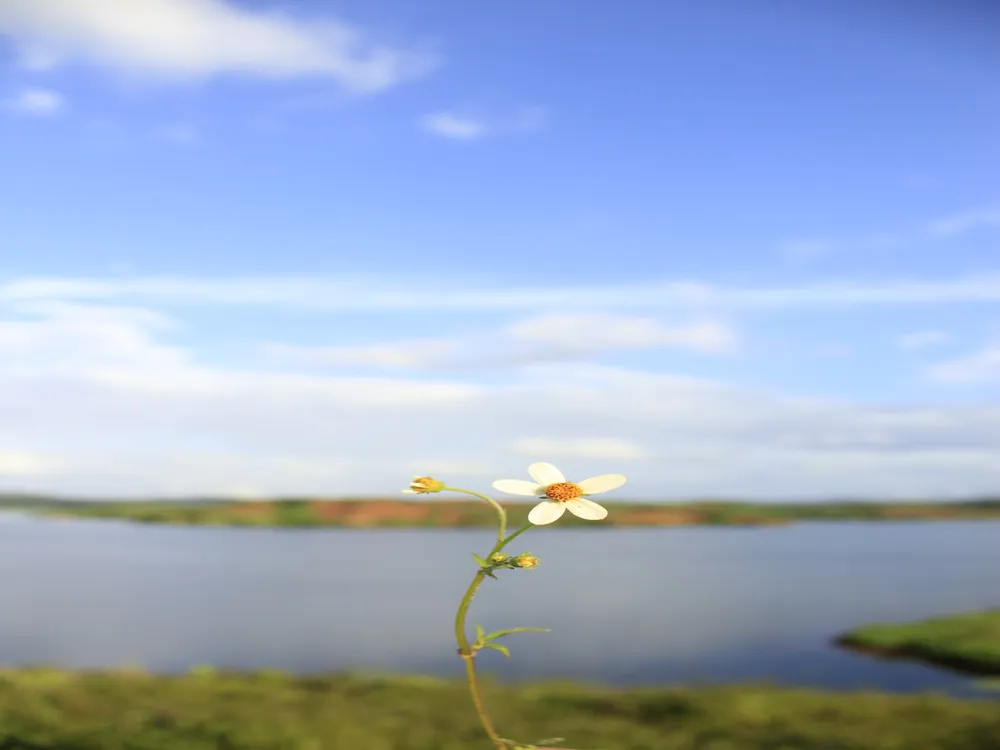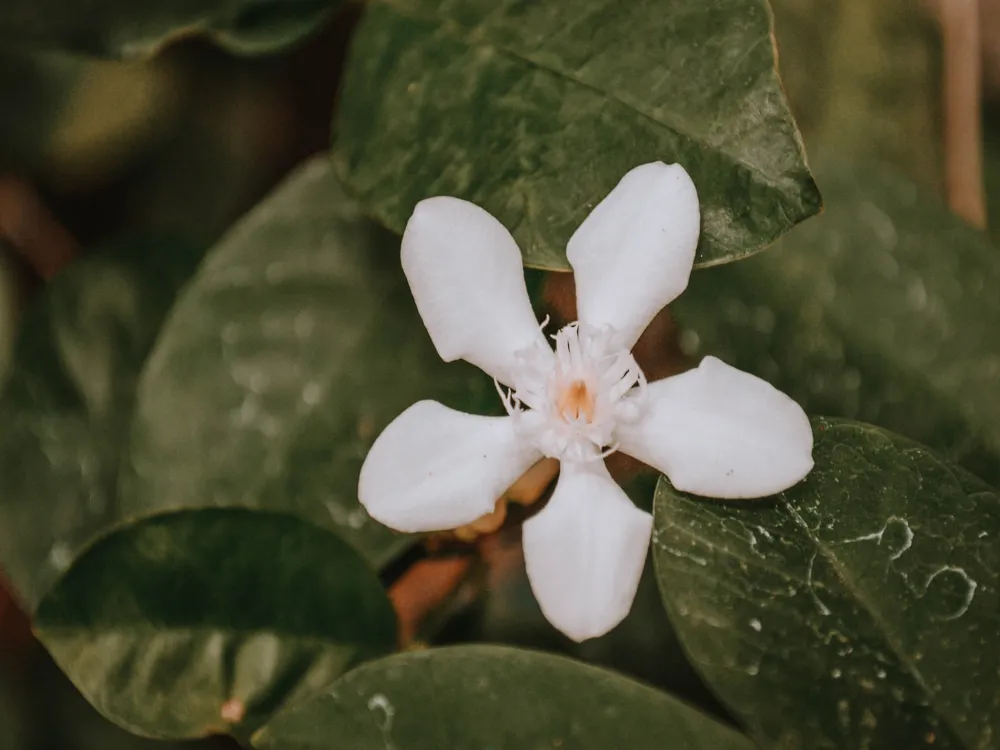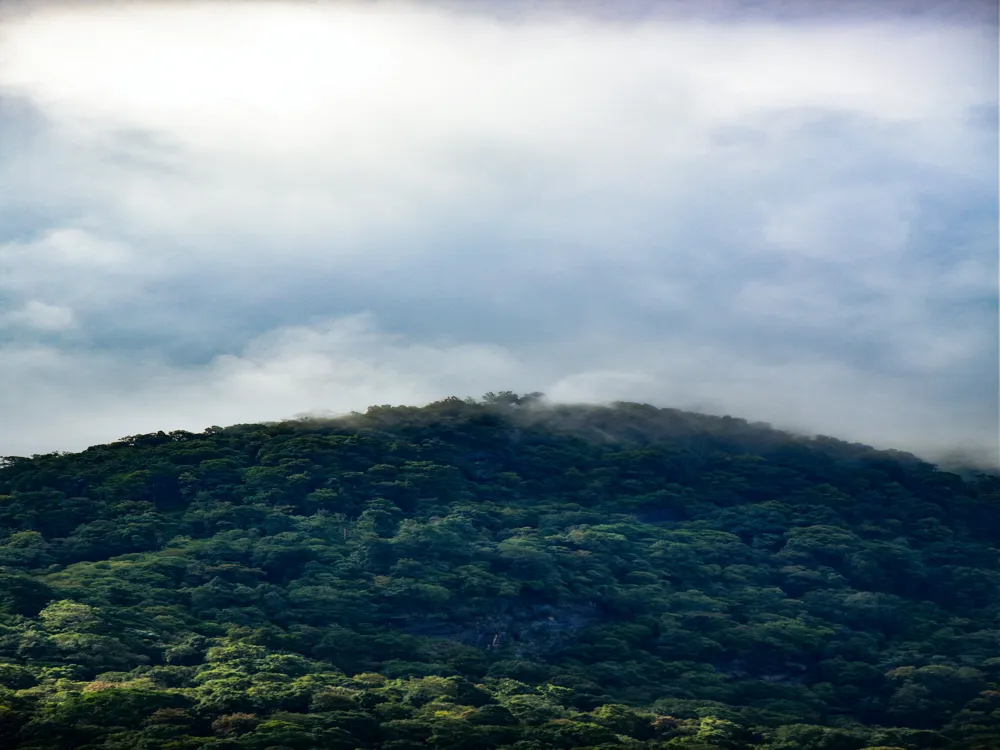The Kallai River, a magnificent and historically significant river in Kozhikode, Kerala, stands as a testament to the rich cultural and ecological tapestry of the region. Originating from the Cherakomban hill, this river flows through the heart of Kozhikode before merging into the Arabian Sea. Historically, the Kallai River was renowned for its bustling timber trade, with Kallai being one of the largest timber trading centers in Asia. This trade significantly contributed to the economic and cultural development of Kozhikode. The river's banks are adorned with lush greenery, providing a habitat for diverse flora and fauna. The mangroves along its course are particularly noteworthy, serving as a vital ecosystem and playing a crucial role in maintaining the river's health. The Kallai River is not just a water body; it's a lifeline for many local communities, supporting fishing and agriculture. Its serene beauty also makes it a popular spot for locals and tourists alike, offering a tranquil escape from the hustle and bustle of city life. In recent years, the Kallai River has faced environmental challenges, including pollution and encroachment. However, concerted efforts by the government and local communities are underway to preserve and rejuvenate this vital waterway. These initiatives aim to restore the river's natural beauty and ecological balance, ensuring that it continues to be a source of life and joy for future generations. The architecture of the Kallai River is not just about its physical structure but also encompasses the cultural and historical edifice that it represents. The river's course and its surrounding landscape have been shaped by both natural forces and human intervention over centuries. The traditional industries and settlements along its banks reflect a deep connection between the river and the people of Kozhikode. The banks of the Kallai River are dotted with remnants of the once thriving timber trade. Old warehouses, now mostly in ruins, speak volumes of a bygone era when these structures were bustling with activity. The design of these buildings was simple yet functional, catering to the needs of the timber trade. Many of these structures were built using the very timber that was traded along the river, showcasing the local architectural styles and craftsmanship. The river also features traditional country boats, known as 'vallams', which are a marvel of local design and engineering. These boats, used for fishing and transportation, are crafted using indigenous techniques, embodying the symbiotic relationship between the local community and the river. The construction of bridges over the river, such as the iconic Kallai Bridge, blends engineering prowess with aesthetic beauty, symbolizing the progress and development of the region. Along the river, one can also witness a blend of natural and man-made beauty. The mangrove forests, with their complex root systems, not only protect the riverbanks but also add to the scenic beauty of the landscape. The interplay of these elements creates a unique architectural tapestry that is both functional and aesthetically pleasing. The ideal time to visit the Kallai River is from October to March when the weather is pleasant, and the natural beauty of the river and its surroundings is at its peak. This period avoids the heavy monsoon rains and the extreme heat of summer, providing a comfortable environment for exploring and enjoying the river's tranquility. Visitors can engage in various activities such as boat rides, bird watching, and nature walks along the riverbanks. The river's calm waters are perfect for a peaceful boat ride, offering a unique perspective of the lush greenery and local life along the banks. Birdwatchers can spot a variety of local and migratory birds, making it a haven for nature enthusiasts. Exploring the local culture is a must when visiting the Kallai River. The region is known for its rich cultural heritage, reflected in its music, dance, and festivals. Visitors should also try the local cuisine, which includes delicious seafood delicacies, traditional Keralite dishes, and the famous Malabar biryani, offering a taste of the local flavors and culinary traditions. Visitors should be mindful of the environment and adhere to eco-friendly practices. This includes avoiding littering, using eco-friendly materials, and respecting the local wildlife and natural habitats. Being conscious of one's environmental impact helps in preserving the beauty and ecological balance of the Kallai River. Kallai River in Kozhikode is easily accessible by various modes of transport. The nearest airport is the Calicut International Airport, located approximately 28 kilometers from the river. Visitors can also reach Kozhikode by train, with the Kozhikode Railway Station being well-connected to major cities across India. For those preferring road travel, Kozhikode is well-connected by state and national highways. Local transportation options like buses, taxis, and auto-rickshaws are readily available for reaching the Kallai River from different parts of the city. Read More:Overview of Kallai River in Kozhikode, Kerala
Architecture of Kallai River
Tips When Visiting Kallai River
Best Time to Visit
Activities to Enjoy
Local Culture and Cuisine
Environmental Awareness
How To Reach Kallai River
Kallai River
Kozhikode
Kerala
₹ 16,000 onwards
View kozhikode Packages
Kozhikode Travel Packages
View All Packages For Kozhikode
Top Hotel Collections for Kozhikode

Private Pool

Luxury Hotels

5-Star Hotels

Pet Friendly
Top Hotels Near Kozhikode
Other Top Ranking Places In Kozhikode
View All Places To Visit In kozhikode
View kozhikode Packages
Kozhikode Travel Packages
View All Packages For Kozhikode
Top Hotel Collections for Kozhikode

Private Pool

Luxury Hotels

5-Star Hotels

Pet Friendly








